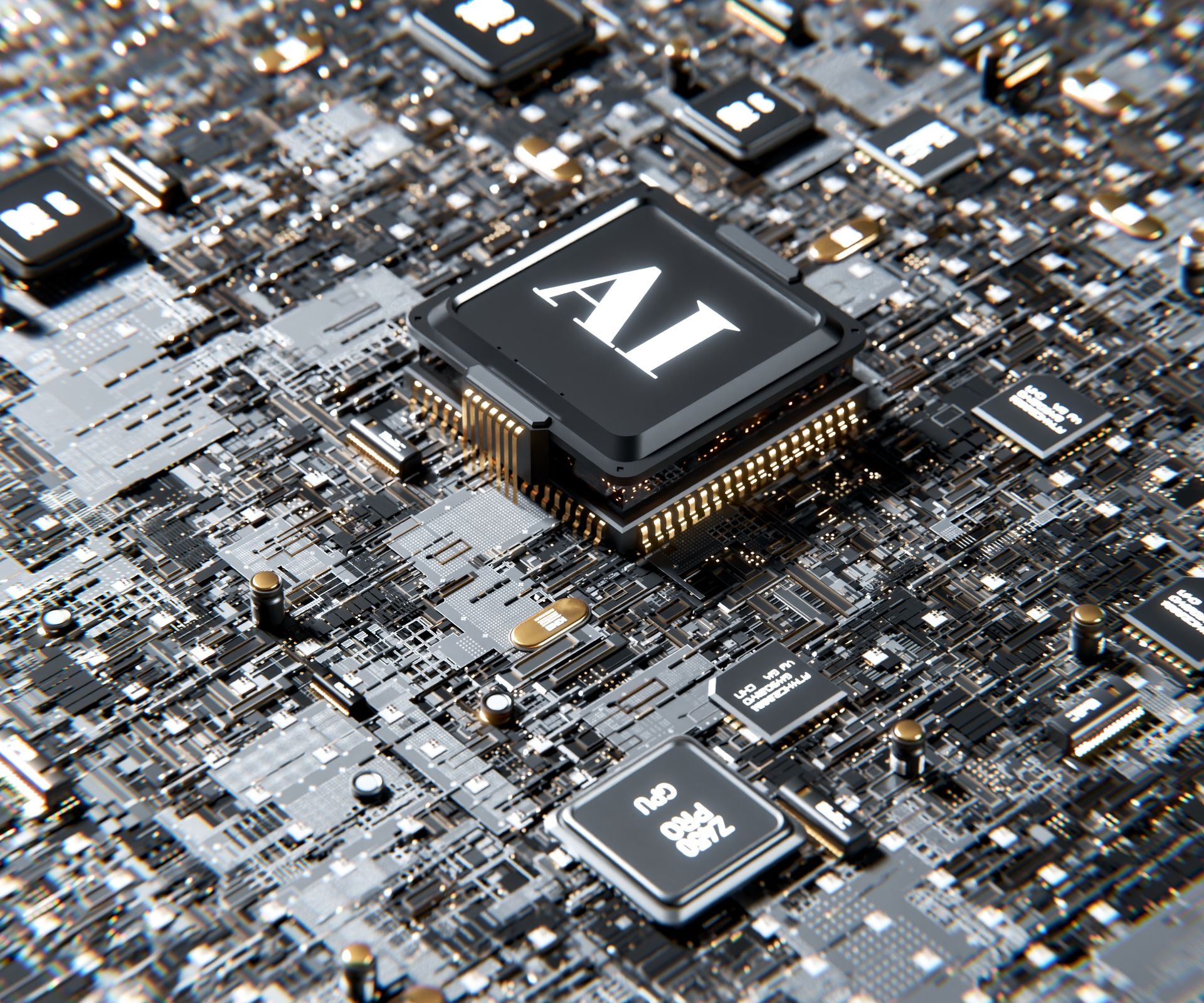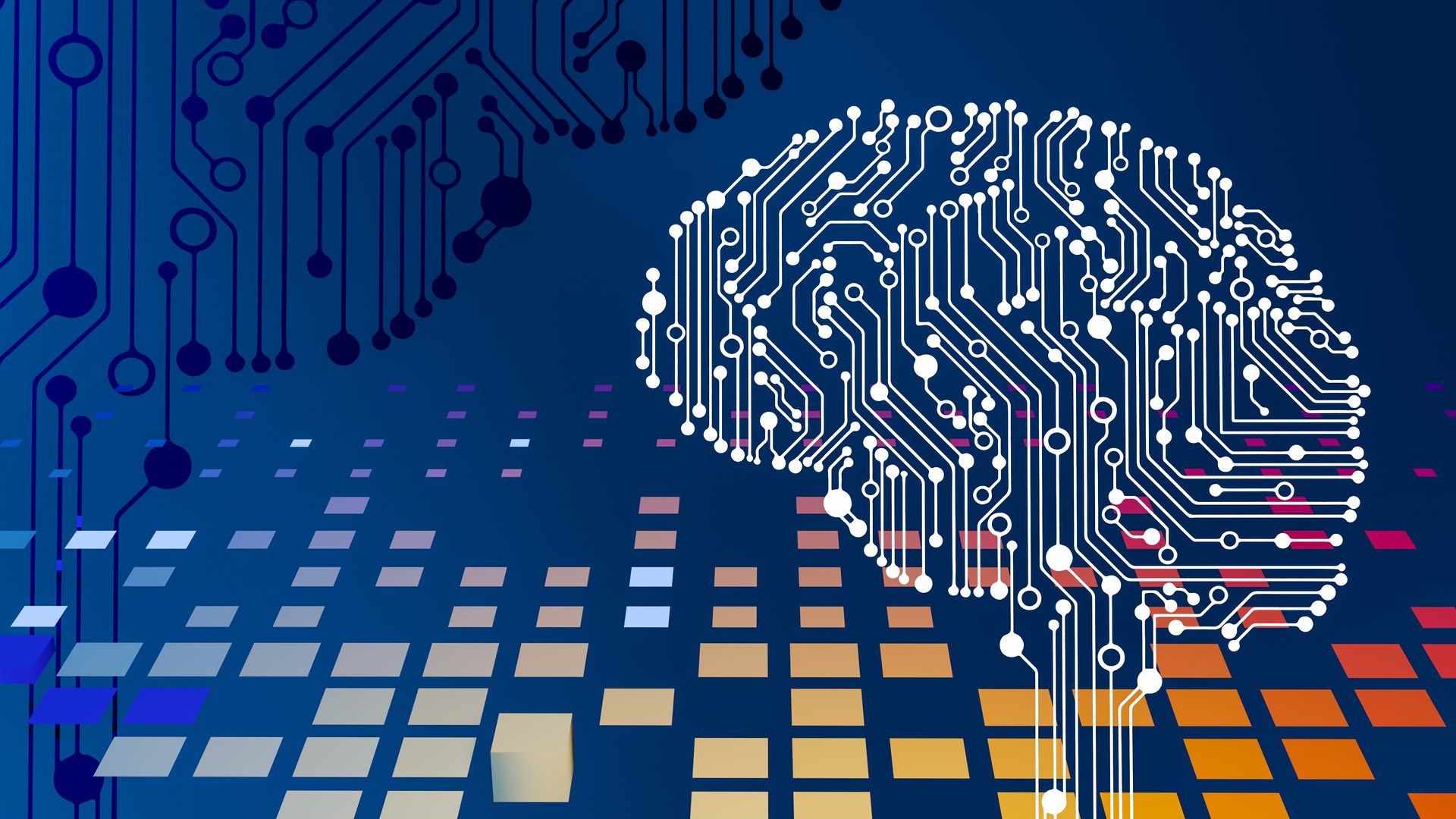It’s hard to think of two more promising technologies than artificial intelligence and Web3. They have both displayed sustained traction throughout 2023, thanks to the rise of generative AI models such as ChatGPT and the resurgence of the crypto economy, which has led to greater awareness of the benefits of decentralization.
Given that both of these trends are likely to accelerate in 2024, it seems likely that they’re on a trajectory of convergence that could result in a new concept of decentralized AI and even more exciting prospects for innovation.

The rise of AI & Web3
AI refers to a broad range of new technologies that can automate business processes, generate content and code, advance research in areas such as genetics and cosmology, and improve human understanding. The popularity of ChatGPT has sparked immense growth in the AI industry this year, and almost every tech company and enterprise is pursuing different AI initiatives.
The great thing about AI models is that they can be taught and refined to help automate tasks that were previously only performed by humans. They can also be used to interact with customers, drive data-driven decision making and more besides. AI is notable for being able to create fresh content that’s tailored for specific audiences, and it can enhance the user experience in many interactions by adding a more personalized touch.
As for Web3, this is often described as the successor to Web2, which is the internet people are familiar with today. While Web2 introduced the idea of social media and dynamic, user-generated content, it remains controlled almost exclusively by internet giants such as Google, Amazon and Facebook. Web3 changes that, introducing the concept of decentralized networks, applications and services that users control, as well as user ownership of the data they generate. It also powers other innovative concepts such as decentralized finance and the tokenization of real world assets. By leveraging technologies such as blockchain, cryptocurrency and NFTs, Web3 will wrest control of the internet away from Google et al and give control back to the people.
Trending towards convergence
The convergence of AI and Web3 is a largely symbiotic relationship that is driven by two main trends. These include the rise of decentralized data. Within Web3, data ownership is given back to users, resulting in the democratization of data availability. This will create a vast pool of data for AI models to be trained on, helping to tackle the biases that arise from having limited data resources. As decentralized data markets emerge, everyone will be able to contribute their data to feed a new generation of AI algorithms.
The second major trend here is AI for decentralization. This relates to the idea that AI can help to enhance decentralized networks by improving their efficiency and security. It can also help to increase the functionality of decentralized applications, by integrating them with AI-powered data oracles to tap into real-world data. By doing this, developers can expand the capabilities of their dApps to handle more sophisticated use cases.
AI & Web3 in practice
Although we’re still in the early stages of this convergence between AI and Web3, a number of promising use cases have already emerged.

Space and time
The data warehouse startup Space and Time revealed earlier this year that it has integrated OpenAI’s ChatGPT technology to enable natural language queries of almost any data source, making the information held in thousands of databases around the world much more accessible.
Space and Time has created a decentralized, hybrid data warehouse that supports queries on any blockchain via its “proof-of-SQL” consensus mechanism, which relies on zero-knowledge proofs to ensure each query is private tamper-proof. It plans to make this technology available to smart contracts, paving the way for dApps to query any kind of database.
Space and Time has already seen significant adoption, recently integrating with Google Cloud’s BigQuery service. The partnership enables smart contracts to access offchain data for the first time, potentially advancing the utility of the next-generation decentralized applications they power.
Traditionally, querying data has always been hard, requiring knowledge of the SQL database language. Space and Time uses AI to eliminate the need for SQL. Instead, anyone at all can query a data source using natural language prompts. That query will then be translated into SQL by the underlying AI, before the results are delivered to the user through a dashboard or graphic visualization.
Io.net cloud
Io.net is using decentralized networks of compute resources to facilitate access to the vast computing resources required to train and operate AI algorithms. Powerful AI systems such as ChatGPT or Google’s Gemini typically require thousands of coordinated GPUs, working as a single node, to process the workloads they’re tasked with. But with AI in such vogue, these GPUs have become somewhat scarce, resulting in limited availability and higher costs.
To increase access to GPUs, io.net Cloud has forged a decentralized network that anyone can join and provide idle GPU resources too. Its GPU network is made up of the underutilized GPU resources that exist within privately owned data centers, crypto mining farms and even gaming PCs. These resources, once integrated, can be combined with one another within io.net’s Decentralized Physical Infrastructure Network. In this way, it can offer a vast pool of distributed GPU resources from around the world to anyone who needs access, at lower costs than those offered by traditional vendors.
In a sign of progress, io.net announced in December that it’s partnering with the decentralized cloud storage service Filecoin, so it can tap into that community’s GPU resources too. Through the partnership, Filecoin’s storage providers can offer their GPU capacity to io.net’s network, increasing their passive revenue.
Augur
Another interesting concept that blurs the line between AI and Web3 is Augur, which has built a decentralized prediction market using blockchain and crypto technologies.
Augur leverages its own AI models to try and make accurate predictions by analyzing and crunching distributed data from multiple sources. It also invites users to participate in what it terms “prediction markets”. In this way, the community can collaborate, using its collective intelligence to make predictions about real word events such as the outcome of sports matches or financial trends.
Augur’s technology powers what’s said to be the world’s first decentralized betting sportsbook, where punters can bet on the outcome of sporting events in a peer-to-peer way, with no restrictions on their bet sizes or payouts.
Medibloc
A healthcare focused Web3 startup, Medibloc is leveraging AI to automate numerous tasks in the medical industry. It has created a secure and decentralized database for managing health data in a secure fashion, enabling it to be shared between users more easily, though at the same time ensuring patients have full control over their data.
It encourages health data sharing with an incentivization mechanism that rewards users for making their medical records available to third parties, though it always anonymizes that data to protect users’ privacy.
Medibloc’s AI algorithms play the role of analyzing this decentralized healthcare data, helping researchers to investigate certain diseases and devise new treatments. Moreover, physicians can make use of Augur’s AI to assist with diagnosis and treatment plans.
Oraichain
AI models are only as smart as the data they’re trained on, and that is a problem for developers as much of the world’s information is centralized, stored in big server farms operated by independent companies that don’t want to share it.
Oraichain is looking to tackle this with its decentralized Data Hub, which acts as a marketplace for companies and researchers looking to acquire more information to aid in their data-driven initiatives. In this way, Oraichain is helping to tackle the problem of data availability, providing low-cost access to vast pools of information that can be used to train AI models. Oraichain promises that developers can access its data to vastly improve the accuracy of their AI models. Others can participate too, either by sharing their datasets or annotating it for AI training, earning crypto rewards for doing so.
AI’s future Is decentralized
Given the synergies between AI and Web3, it’s likely that these two technologies will slowly become more integrated, feeding upon one another to derive mutual benefits that can accelerate innovation. Web3 will ensure individuals have more control over their digital identities and experiences, while AI will be able to access more diverse data sources.
The convergence of AI and Web3 will inevitably need to overcome technical challenges and ethical and regulatory concerns, but these barriers are ultimately unlikely to prevent it from happening. As decentralized AI grows its foothold, the benefits of AI will no longer be exclusive to a few big companies, but instead become more inclusive and equitable, accelerating the overall pace of innovation. AI and Web3 are perfect bedfellows, and it will be interesting to see how far this convergence will go.
Featured image credit: Joshua Sortino / unsplash




